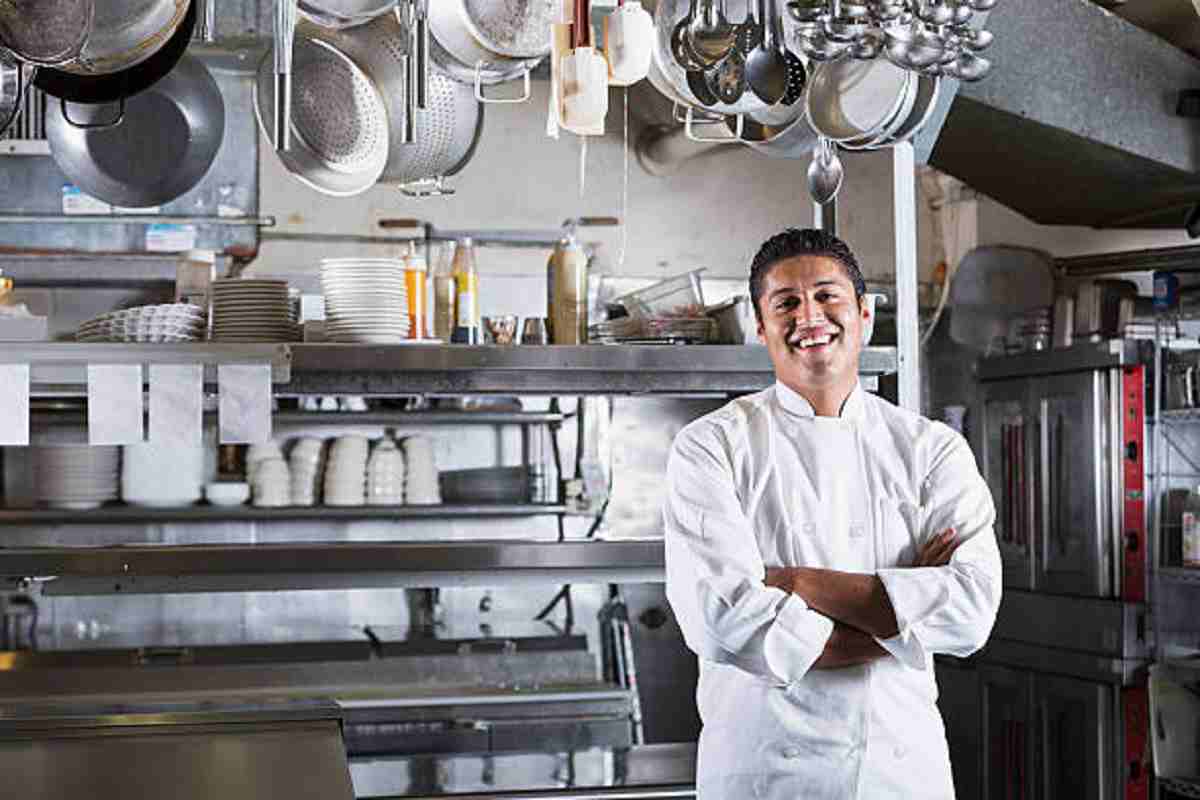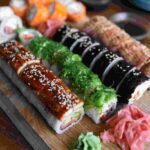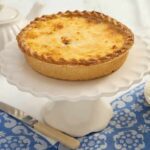In the bustling world of culinary arts, the chef’s uniform is more than just a garment; it’s a symbol of professionalism, tradition, and functionality. Choosing the right chef uniform is a crucial decision for both seasoned chefs and culinary enthusiasts embarking on their gastronomic journey. This comprehensive buying guide aims to unravel the intricacies of selecting the perfect chef uniform, considering factors ranging from comfort and style to functionality and durability.
Table of contents
Understanding the Components
Before delving into the buying guide, let’s first understand the fundamental components of a chef uniform:
Chef Coat:
Traditional white coats exude professionalism and cleanliness.
Look for breathable fabrics to stay comfortable during long hours in the kitchen.
Consider the fit – a well-fitted coat ensures both style and mobility.
Chef Pants:
Opt for durable and stain-resistant fabrics for chef pant
Adjustable waistbands provide a customizable fit.
Choose a suitable length to prevent tripping hazards.
Chef Hat:
While traditionally symbolic, hats also serve a practical purpose in keeping hair away from food.
Explore different styles but prioritize comfort and functionality.
Chef Apron:
Aprons protect clothing from spills and splatters.
Look for options with convenient pockets for tools and utensils.
Consider the length and coverage for optimal protection.
Footwear:
Non-slip shoes are essential for safety in a busy kitchen.
Prioritize comfort to withstand long hours of standing and moving.
Now, let’s embark on the journey of finding the ideal chef uniform with the following considerations.
1. Fabric Matters: Choosing the Right Material
The choice of fabric plays a pivotal role in the comfort and functionality of your chef uniform. Common fabrics include cotton, polyester, and blends. Consider factors such as breathability, durability, and stain resistance. Cotton is breathable but may wrinkle, while polyester is durable and resistant to stains. Blends combine the best of both worlds.
2. Fit for Success: Finding the Right Size
A well-fitted chef uniform not only enhances your professional appearance but also contributes to comfort and functionality. Ensure the coat allows for ease of movement without being too loose or restrictive. Pants should sit comfortably at the waist, and the length should be appropriate to prevent accidents in the kitchen.
3. Style and Individuality: Exploring Design Options
While traditional white chef coats remain a staple, many modern designs and colors are available to suit different preferences. Some chefs prefer a classic look, while others embrace contemporary styles. Additionally, consider uniforms with unique features such as ventilation panels or mesh inserts for added comfort during high-temperature kitchen activities.
4. Specialized Attire: Tailoring to Your Culinary Role
Different culinary roles may require specific uniform features. Pastry chefs, for instance, often opt for short-sleeved coats to maintain cleanliness while working with delicate ingredients. Sous chefs and head chefs may have distinct embellishments or colors to signify their roles in the kitchen hierarchy. Consider the specific demands of your role when selecting a uniform.
5. Functionality Beyond Fashion: Pockets, Zippers, and More
The functionality of a chef uniform extends beyond its appearance. Look for coats and aprons with strategically placed pockets for easy access to essential tools. Consider features like zippers or snaps for quick removal in case of spills. Functional details contribute to a seamless and efficient kitchen experience.
6. Branding and Personalization: Making Your Mark
Many chefs take pride in personalizing their uniforms. Embroidery, monogramming, or adding patches can enhance your professional identity. If you represent a restaurant or culinary establishment, incorporating branding elements into your uniform creates a cohesive and recognizable image.
7. Safety First: Choosing the Right Footwear
Footwear is a critical aspect of a chef’s attire. Non-slip shoes are non-negotiable to prevent accidents in the kitchen. Look for shoes with proper arch support and a comfortable fit, as chefs spend extended periods on their feet.
8. Easy Maintenance: Keeping It Clean and Pristine
A chef’s uniform is subjected to various spills, splatters, and stains daily. Prioritize uniforms that are easy to clean and maintain. Check washing instructions and choose fabrics that withstand frequent laundering without losing color or shape.
9. Compliance with Regulations: Meeting Industry Standards
Different culinary establishments may have specific dress code regulations. Ensure that your chosen uniform complies with these standards. This is especially important if you are working in a professional kitchen or a restaurant with specific uniform guidelines.
10. Budget Considerations: Balancing Quality and Affordability
While quality should be a priority, it’s essential to find a balance between quality and affordability. Invest in durable and functional pieces that withstand the demands of a kitchen environment without breaking the bank.
Conclusion: Elevating Your Culinary Experience with the Right Uniform
Choosing the perfect chef uniform is a blend of art and science, combining style with functionality, tradition with innovation. As you embark on your culinary journey or seek to refresh your professional look, keep in mind the unique demands of your role, the practical features that enhance efficiency, and the personal touches that make your uniform distinctly yours. With the right chef uniform, you not only dress for success but also set the stage for a seamless and successful culinary experience.







